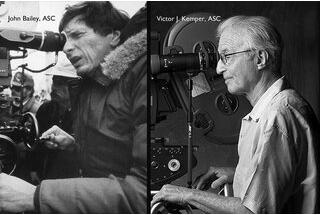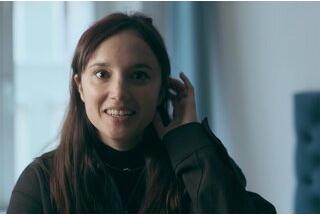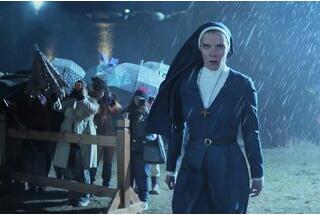Guillaume Deffontaines, AFC, reflects on the making of "Nos Frangins", by Rachid Bouchareb
On the night of December 5 to 6, 1986, Malik Oussekine died as a result of police activity occurring while Paris was rocked by student demonstrations against education reform. The Ministry of the Interior was all the more inclined to hush up this affair since another French citizen of Algerian origin was killed the same night by a police officer.
What was Rachid Bouchareb’s approach to this film?
Guillaume Deffontaines : First of all, he wanted to stick to reality as much as possible. Of course, the film remains a free interpretation of an actual event. Because the records of these two cases are not public, all we have access to is what is known and what was made public, in particular via the many hours of TV footage about Malik Oussekine. The film opens with a montage of said footage, which is a way of anchoring the film in this reality of the 1980s. But at the same time, Rachid is passionate about fiction madly. And the film became a synthesis between its very "documentary" side based on the archival footage, and its much more stylized, more "cinematic" image.
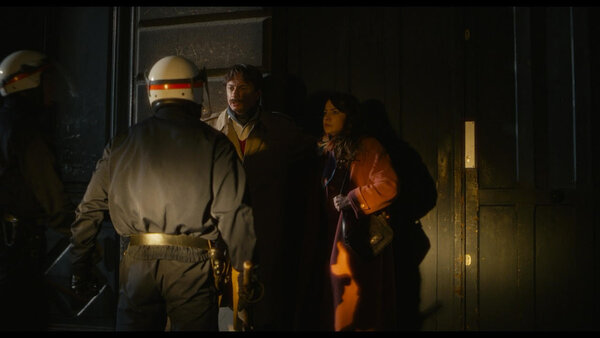
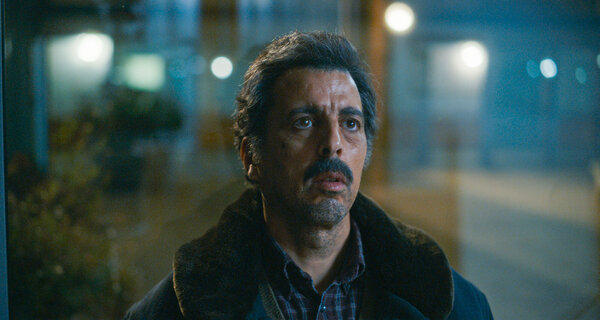
Any references?
GD : Personally, as I read the script, I intuitively thought that the camera would be handheld throughout the film. Both the heartbreaking side of the two stories, and the fact we were staying close to the actual event, together oriented me towards a very organic camera, one that would be very close to the actors. But Rachid loves fluidity on the screen too much for that. Any sudden movement in the frame shocks him, and his favorite means of expression remains the dolly or the Steadicam. In preparation, he very quickly told me about two films that are paradoxically very remote from each other: A Most Violent Year, by JC Chandor (image Bradford Young, ASC) and No, by Pablo Larrain (image Sergio Armstrong). The first, a very painstaking reconstruction of the early 1980s in New York, from which I drew ample inspiration, especially for the choice of lenses and the LUT on the fiction part. It is indeed a very fluid film, with very little handheld camera work. The second is an authentic mockumentary that appears to have been entirely shot in period video and portrays the late 1980s in Chile. These are the two completely opposing visual approaches that seemed to inhabit Rachid. Personally, when filming started, I didn’t really know which of the two worlds was going to prevail over the other... I must say that when you see the film, the two cohabit completely and together are what make the project original.
The film indeed alternates between styles a lot, was this easy to manage?
GD : What is particular about this film it is that it describes many scenes that all take place more or less at the same time, in a multitude of places, with more than 60 different sets. And instead of organizing everything methodically, Rachid deliberately opted for narrative deconstruction. For that reason, the film does not begin with the tragedy in rue Monsieur le Prince; it only comes later on, via the eyes of Malik’s brother and sister. I sensed right from preparation that Rachid wanted to preserve a great deal of latitude in his staging options and especially in editing. For example, he started asking me if I felt I could shoot certain scenes in a kind of lighting that could pass equally well for day or night. It was very important to him to be able to insert a particular scene in the narrative order according to the needs of the film and according to how the filming was going. Like a kind of puzzle with a multitude of narrative elements that could fit together in several different ways as the film came together. It was fascinating to see his film come to life bit by bit, alternating between archival footage and fiction, between calm and movement, between days and nights, between what is cut and what isn’t. All these parameters led us to the dynamic we were looking for on this film.
So let’s talk about the recreated documentary parts...
GD : In fact, at the start, Rachid imagined we’d mainly use archival footage. And then, as the preparation progressed, we realized that most of them were in a truly disastrous state. The quality and very limited definition of the archival footage makes it impossible to use them in any way other than in split screen. The question arose of whether we should simply recreate those archives using modern means, in order to be able to use them in full screen, and thereby also providing more latitude of expression and editing. Because, although at the beginning of shooting we tried to introduce a TV journalist into the scene, little by little Rachid completely freed himself from this rule and shot some sequences in that format without any justification.
What technical choice did you make for those scenes?
GD : The first way was to shoot with the same camera as the rest of the film, a RED Monstro, degrading the image in post-production to end up with something similar to the archival footage. But when you look in detail at those TV images from the 1980s, you realize how much impact the analog tri-tube technology of the time has on the rendering and on the structure. Especially on night scenes, with for example the famous light trails from motorcycle headlights. This effect could certainly be reproduced in post-production, but it was still complicated, as there was also everything else to manage... We then began to consider shooting with cameras from the 1980s. Because such equipment has long disappeared from rental shelves, we went looking for them on leboncoin and Ebay. With the help of Marc Dumontet (assistant camera), himself the owner of a working Sony tri-tube, we bought three more units to be able to use two on set with a certain margin of safety. Faced with this decision, I must make a shout out to Rachid Bouchareb’s audacity and determination. Here is a director who, thanks to his dual role as a producer, is able to embark on a €5.7 million film with 1980s equipment bought second-hand on the Internet! I’m very grateful to him for his trust.
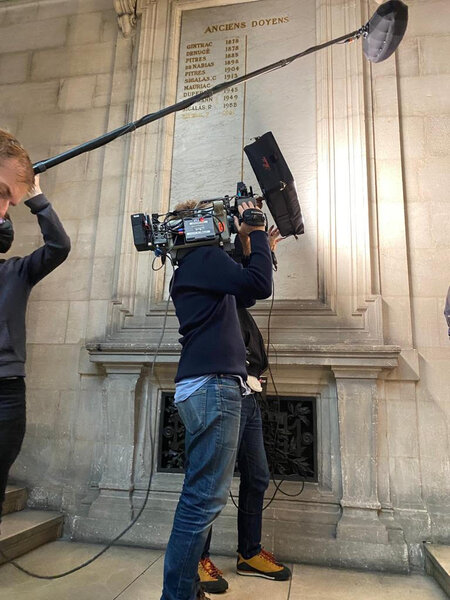
How did you save the images from the tri-tube cameras?
GD : It took us almost two weeks in preparation to configure the equipment. We had to find the right lenses (vintage 2/3-inch zooms), the means to focus, and above all to do without the vintage Umatic VCRs, which would have been completely unmanageable. To do this, we equipped each camera with a small minimalistic configuration comprised of an Atomos Ninja recorder, to digitally record the analog image generated by the camera, and modern quality video returns. These simple vintage cameras thereby became modern digital camcorders, using memory cards and becoming part of the now-familiar digital post-production chain used on all films. The next part of our tests involved copying the images recorded natively digitally onto Umatic VCRs, generating one or sometimes two generations of drops, or magnetic artifacts characteristic of the period. Finally, during color grading, we placed two layers of images over Resolve, one on top of the other (the original daily, taken from the Atomos, and the one from the Umatic copy) in order to determine the percentage of its effects in the final result. In the end, the result was quite stunning. And Rachid literally fell in love with this rendering, he decided as shooting progressed to increase the number scenes shot with these cameras.
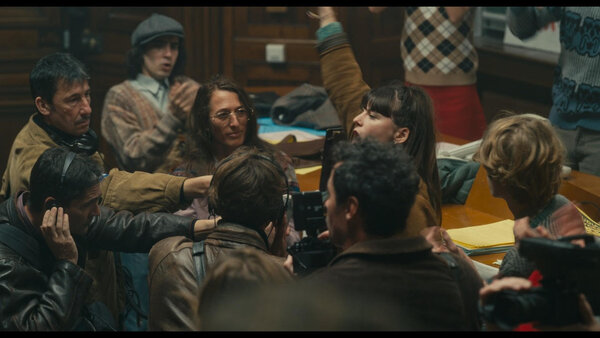
The first scene where the film really veers away from archive into fiction is precisely that of the evacuation of the Sorbonne...
GD : Yes, we shot that scene during the 2nd week, and it was important for us in order to double check our choices. This also gives me the opportunity to explain the lighting challenge that came up. Namely, how we’d be able to quickly, on several sets (like the university lecture hall), switch from a modern configuration (2,500 ISO on RED camera with Zeiss Supreme aperture at 1.4) to a much higher light level to be able to shoot with tri-tube cameras (about 160 ISO at 4 or 5.6). On this subject, I must warmly thank my gaffer, Frédéric Vanard, with whom I worked on this film for the first time and who helped me a great deal in managing these double set-ups. For the evacuation of the Sorbonne, we completely equipped the ceiling with a series of SkyPanel 360s, controlled by console, which allowed us to instantly switch from one light level to another without changing the colorimetry. Outside, I had placed lines of Aircrafts, filtered in sodium which sent down heavy lighting to evoke the nocturnal atmosphere of the city... On other sets, Frédéric introduced me to Olivier Neveu’s Airframe (an inflatable frame equipped with LEDs, a descendant of the Pillow Light), also very easily adjustable via WiFi and very lightweight. With the exception of a few outdoor night scenes (or the university set-up), no generators were used on film, with my gaffer’s crew relying only on AC hookups or battery packs to limit cable lengths.
Where was the film shot?
GD : The film was shot over 37 days, almost entirely in Bordeaux. Only the sequence of Malik Oussekine’s chambre de bonne was reconstructed in Paris in the 17th arrondissement on location, to have a view on the rooftops, which would have been impossible to find in the Bordeaux region. I found it really difficult to recreate Paris in a provincial city. First, because it makes it almost impossible to take a wide shot. Indeed, buildings in neighborhoods in Bordeaux that could pass for the 1980s very rarely exceed two floors in height. Then, the color of Bordeaux stone is decidedly warmer than that of Paris. The film being historically set in winter, it was necessary to avoid at all costs an atmosphere that was too sunny, which again would have revealed the location. On the other hand, for the night scenes, we benefited from the vintage sodium lighting, which has practically disappeared from the Parisian streets where the events took place. It gave a particularly photogenic golden-yellow that greatly simplified my life when we were shooting with the RED. As for the night parts shot with the tri-tube, we had to increase the amount of lighting quite significantly, reequip the prop bikes with period yellow headlamps, and sometimes, as I said, use a cherry-picker to obtain an appropriate level. Looking back, I sometimes regret having been a little too good of a student with those old cameras. I think I could have even abused them a little more in terms of exposure and pushed them a little closer to their limits. Especially since we really got to know them on this film. And that they sometimes gave us a hard time!
Like what ?
GD : Preheating... does that mean anything to you?! Nowadays we’ve forgotten about that. In the days of analog video, this was commonplace. The tubes fitted to these cameras had to be kept at a certain temperature in order to operate, so the cameras had to be turned on well before starting to shoot, especially if the outside temperature was wintery.
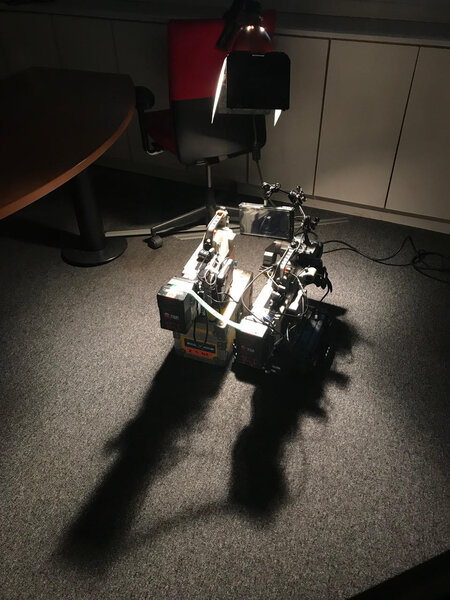
So, it became a sort of ritual on film. Before doing anything else, the camera crew would aim 4 800-watt open-ended quartz lights at full blast on the Sonys, just to get them to a cozy atmosphere as quickly as possible. We’d turn them on, we’d start shooting, and it would be out of the question to turn them off before the end of the scene!
(Interview by François Reumont, for the AFC, translated from French by A. Baron-Raiffe)
 En
En
 Fr
Fr
